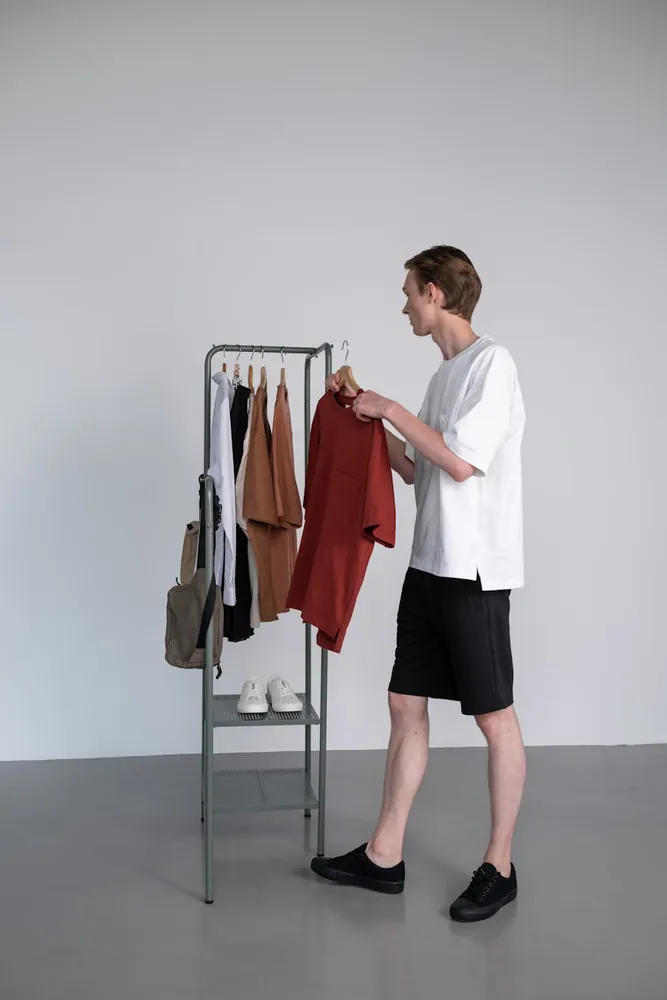Navigating the Pros and Cons of Contemporary Clothing Rentals

The Rise of Fashion Rental Services
The fashion industry is witnessing a transformative trend: clothing rentals. Once primarily associated with tuxedos and special occasions, the model has expanded to include everyday wear, high-end fashion, and seasonal wardrobes. The appeal lies in its flexibility, variety, and increasing alignment with sustainable practices. Platforms like Rent the Runway and HURR Collective have pioneered this shift, offering consumers the ability to wear designer pieces without committing to a purchase.

How Clothing Rentals Work
Clothing rental services generally operate on a subscription or pay-per-rent basis. Subscribers can choose from an array of garments online, typically categorized by occasion, style, or designer. Upon selecting their pieces, they receive them at their doorstep for a designated rental period, usually ranging from four days to a month. Post-use, the items are returned for cleaning and preparation for the next user.
Some services offer one-off rentals for special occasions, whereas others focus on providing a rotating wardrobe for daily wear. For example, a working professional might opt for a monthly subscription allowing four new outfits each cycle, enabling them to refresh their work attire regularly without adding permanent pieces to their closet.
Benefits of Renting Over Buying
Sustainability and Reduced Waste
With growing awareness around environmental issues, clothing rentals present an eco-friendly alternative to fast fashion. The model supports a circular economy by maximizing the lifecycle of garments through multiple wears by different individuals. This approach helps reduce textile waste, which is a significant contributor to global landfill pollution.
According to a study by the Ellen MacArthur Foundation, extending the life of clothes by just nine extra months could reduce carbon, water, and waste footprints by 20-30% each. In this light, clothing rentals not only provide access to fashionable apparel but also promote sustainability.
Access to High-End Fashion
One of the most enticing aspects of clothing rentals is access to high-end fashion that might otherwise be financially out of reach. Customers can experience luxury brands without committing to their typically exorbitant price tags. This democratization of fashion allows more individuals to enjoy high-quality craftsmanship and designs typically reserved for the affluent.
For instance, through platforms like My Wardrobe HQ in the UK, users can rent dresses from designers like Gucci and Prada at a fraction of the retail price, making high-fashion moments accessible to a broader audience.
Wardrobe Variety and Experimentation
Renting clothes offers an unparalleled opportunity to experiment with personal style. Without the commitment of ownership, individuals can explore bold trends or unusual styles they may hesitate to purchase outright. This flexibility encourages creativity in personal styling and allows wearers to adapt their wardrobe to specific events or seasons without permanent changes.
Drawbacks of the Rental Model
Limited Access and Availability
A primary limitation of clothing rentals is access. While metropolitan areas might boast several rental service options with vast inventories, those living in rural areas may find choices limited or non-existent. Additionally, popular items or sizes can quickly become unavailable, especially during peak seasons or around major events when demand surges.
Furthermore, niche sizing can pose challenges. Individuals who fall outside standard size ranges may struggle to find appropriate fits among rental inventories predominantly stocked with average sizes.
Quality and Hygiene Concerns
While rental services invest heavily in garment maintenance and cleaning processes, potential customers often express concerns over hygiene and wear-and-tear. Continuous use by multiple individuals naturally leads to some degradation in fabric quality and appearance over time.
High-end services typically assure rigorous cleaning standards using eco-friendly methods and conduct quality checks before each dispatch. However, prospective renters are encouraged to review service policies on garment care and replacement guarantees for assurance.
Practical Tips for First-Time Renters
- Research the Provider: Before subscribing or renting, investigate various service providers. Look into customer reviews and policies regarding shipping times, garment care, and return procedures.
- Know Your Measurements: Accurate sizing is crucial to ensure a proper fit. Take detailed measurements beforehand as sizing can vary between designers.
- Plan Ahead: Particularly if renting for an event, reserve garments well in advance to secure your first choice and account for any potential shipping delays.
The Future of Clothing Rentals
The burgeoning interest in clothing rentals indicates a shift in consumer mindset towards shared ownership models across industries. As technology improves logistical efficiencies and sustainability continues to gain traction, rental models may expand further into everyday wardrobes globally.
Fashion houses are taking note; collaborations between luxury brands and rental services are becoming more common, creating exclusive collections specifically for rental markets. This synergy provides designers with new revenue streams while bolstering brand accessibility.
In conclusion, while clothing rentals come with both advantages and drawbacks, they present a compelling case for reshaping how we think about fashion consumption. By balancing practical considerations with an eye towards innovation and environmental responsibility, they offer an intriguing glimpse into the future of fashion.
 TrendLayer
TrendLayer